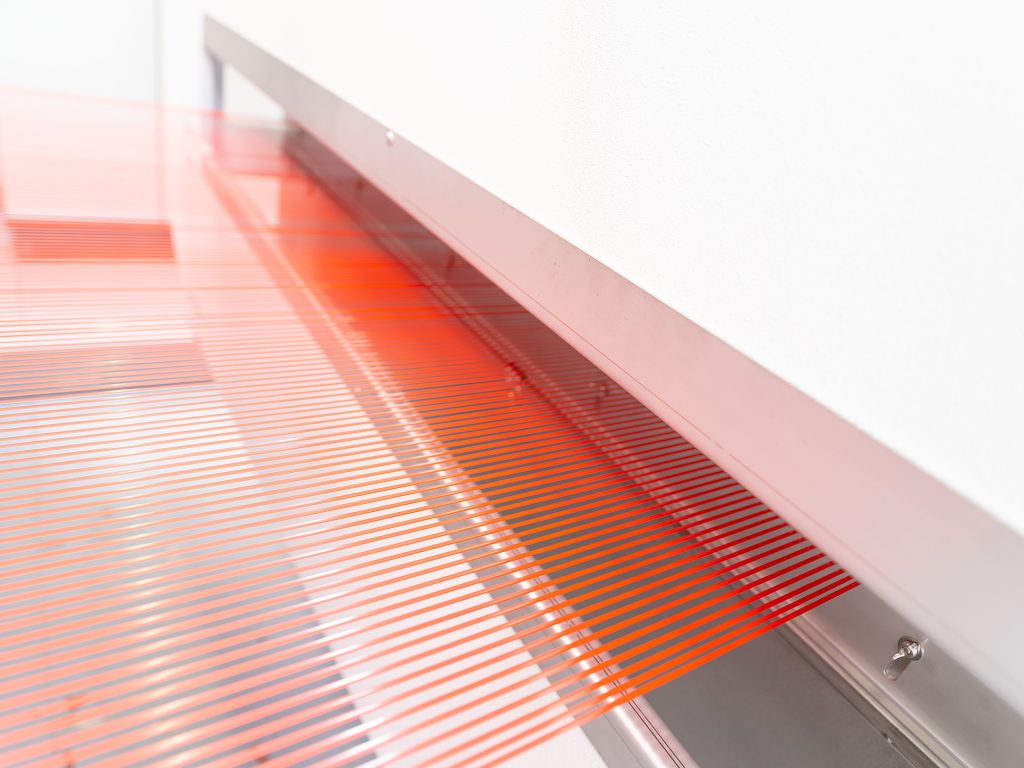
- 1. Market Context: The Shift Toward Sustainable Waste Solutions
- 2. Technical Evolution: From Basic Sacks to Smart Packaging
- 3. Customization Strategies: Tailoring Bags to Waste Streams
- 4. Case Study: Reducing Landfill Costs in the Construction Sector
- 5. Future Trends: Closing the Loop with Advanced Recycling
- 6. FAQs: Addressing Critical Concerns
Product Manager Clara: “With global waste volumes projected to hit 3.4 billion tons by 2030, how can BOPP laminated woven bags help industries comply with stricter regulations while maintaining cost efficiency?”
CEO Ray (VidePak): “BOPP laminated bags combine unmatched durability, UV resistance, and 85% recyclability—making them ideal for heavy-duty waste management. By optimizing lamination thickness, inner liners, and valve designs, we reduce landfill contributions by 50% while cutting operational costs.”
1. Market Context: The Shift Toward Sustainable Waste Solutions
The global waste management market is projected to grow at a CAGR of 5.6% through 2030, driven by regulations like the EU’s Circular Economy Package and the U.S. EPA’s landfill diversion targets. Traditional plastic sacks, with a recycling rate of just 9%, are increasingly replaced by BOPP (biaxially oriented polypropylene) laminated woven bags. These bags offer tensile strengths of 35–45 MPa, outperforming polyethylene alternatives by 40% in puncture resistance[citation:7]. VidePak’s adoption of Starlinger extrusion lines ensures precise lamination (20–30 microns), critical for withstanding abrasive materials like construction debris and industrial sludge.
2. Technical Evolution: From Basic Sacks to Smart Packaging
BOPP laminated bags have evolved from simple storage tools to multifunctional waste management solutions:
2.1 Material Advancements
- UV Stabilization: BOPP films block 99% of UV radiation, preventing degradation in outdoor storage. A 2024 trial in Saudi Arabia showed VidePak’s UV-treated bags retained 95% strength after 12 months in direct sunlight.
- Antimicrobial Additives: Inner PE coatings infused with silver ions inhibit bacterial growth, reducing odor in organic waste storage by 60%[citation:10].
2.2 Structural Innovations
- Reinforced Block-Bottom Designs: These prevent seam rupture under loads up to 1,500 kg, ideal for construction waste. A German demolition firm reported a 30% reduction in spillage using VidePak’s block-bottom FIBC bags[citation:9].
- Smart Tagging: RFID-enabled bags, piloted in partnership with Dutch recyclers, improve traceability, achieving 92% sorting accuracy in mixed-waste streams[citation:10].
3. Customization Strategies: Tailoring Bags to Waste Streams
Selecting the right configuration depends on waste type, storage conditions, and regulatory requirements:
| Parameter | Municipal Waste | Hazardous Waste | Construction Debris |
|---|---|---|---|
| Lamination | 20–25 microns BOPP | 30 microns + anti-static | 25–30 microns + UV layer |
| Inner Liner | PE (0.1 mm) | Aluminum foil (0.15 mm) | None |
| Closure Type | Heat-sealed top | Double-stitched valve | Spout + drawstring |
| Printing | Safety symbols | Hazard labels | QR codes for tracking |
Why PE Liners Dominate Hazardous Waste:
PE’s chemical inertness (resisting acids, alkalis, and solvents) and low permeability (<0.5 g/m²/24hr) make it ideal for containing toxic liquids. VidePak’s PE-lined bags comply with UN 4H2 standards, as validated in a 2023 audit by SGS International[citation:7].
4. Case Study: Reducing Landfill Costs in the Construction Sector
A U.S. construction firm switched to VidePak’s BOPP laminated FIBC bags with the following results:
- Cost Savings: 22% reduction in disposal fees due to higher compaction rates.
- Recycling Efficiency: 75% of bags were reused across three cycles, cutting raw material costs by $18,000 annually.
- Regulatory Compliance: Full alignment with California’s SB 1383 methane reduction mandates[citation:9].
5. Future Trends: Closing the Loop with Advanced Recycling
VidePak is pioneering two innovations:
- Chemical Recycling Partnerships: Collaborating with BASF, post-consumer BOPP films are depolymerized into virgin-grade PP, achieving a 90% purity rate.
- Bio-Based BOPP Blends: Trials with 20% sugarcane-derived PP show tensile strength losses of <5%, offering a carbon-neutral alternative for EU markets[citation:10].
For industries prioritizing automation, solutions like Form-Fill-Seal Woven Bags exemplify efficiency gains, while Recyclable PP Bags with Starlinger Tech highlight closed-loop systems.
6. FAQs: Addressing Critical Concerns
Q1: Does BOPP lamination affect recyclability?
A: No. BOPP films are 100% recyclable when separated from woven PP. VidePak’s partnership with European recyclers ensures 75% closed-loop recovery rates.
Q2: Are aluminum foil liners cost-effective for small-scale users?
A: For volumes <5 tons/month, PE liners are preferable. Foil adds 15–20% cost but is mandatory for hazardous liquids under OSHA 1910.120.
Q3: How do valve designs impact filling speed?
A: Spout valves increase throughput by 30% for powders, while pasted valves prevent dust leakage in granular waste.
Conclusion
BOPP laminated woven bags are redefining waste management by merging durability, regulatory compliance, and circular economy principles. VidePak’s engineering expertise—powered by Starlinger technology and ISO 9001-certified processes—positions it as a leader in this transformative sector. By offering modular customization and investing in bio-based materials, the company empowers global clients to turn waste liabilities into sustainable opportunities. As landfills reach capacity and regulations tighten, adopting these solutions isn’t just strategic—it’s imperative.